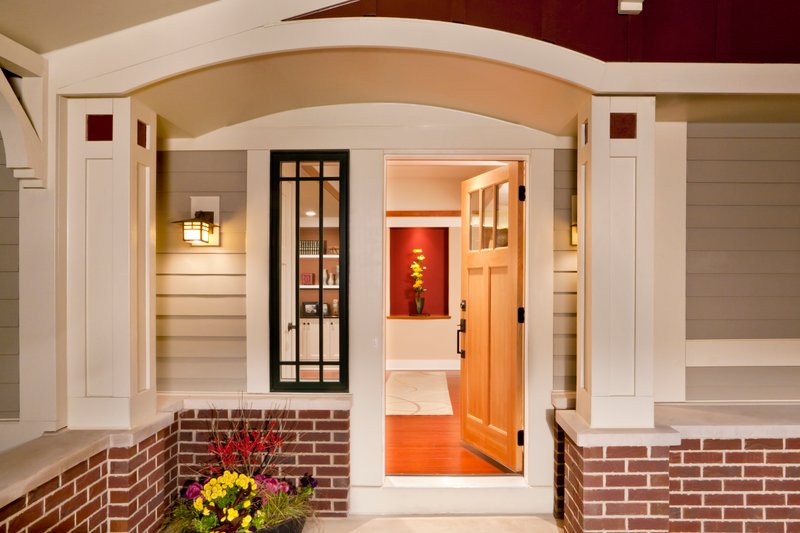The Importance of Architecturally Designed Plans
By Sarah Susanka

The best way to get a house that really fits you and your site is to hire an architect. Of course, it costs more to have a custom design made just for you-usually from 5% to 15% of construction costs, depending on the kind of service-and it takes significantly more time and effort than the alternatives, such as selecting a plan from a home-plans magazine or from your builder's standard options. But the result can more than repay the effort: a tailor-made home you'll feel is an extension of your own life.
A significant segment of the home-buying public wants the level of quality and craft that architectural drawings afford but doesn't want to invest either the time or the money required for a custom design. These people want the quality that comes with the Ralph Lauren or Liz Claiborne label, without having to hire Ralph or Liz themselves. Unfortunately, unlike the fashion industry, there are few such options in the residential-housing marketplace. You can either buy generic, or you can hire the artist directly. This leaves a huge middle ground that is almost completely unserved in today's marketplace.
These people need a new way to select a house design, based on images of the interior as well as the exterior and with ample description of the three-dimensional character of the spaces within. The plans for the houses in this book are being made available with this goal in mind. What distinguishes them from those you would normally buy from a plan book is the level of detail included and the overall quality of the designs. The hard work that gives a house the kind of effortless beauty you see in these homes begins long before construction starts. Where a set of plan-book blueprints might be typically 4 to 6 sheets long, it is not unusual for an architecturally designed home to have 20 or more sheets, illustrating all the special details that make everything work together as a unified whole.
But it's not really the number of sheets of drawings that matters; it's the quality of thought and ingenuity that goes into the design process. We tend to think of house design as something easy and obvious, because we have lived in houses all our lives. But for something to have both functionality and beauty, it must be molded, sculpted, tailored, and proportioned with an artist's eye. The resulting drawings are simply the means to record all of that planning and communicate it to the builder.

When you are considering purchasing plans that are this highly detailed, it's important to remember that making a change to the floor plan--even a small one--can have ramifications that are not readily apparent but can dramatically change the look and feel of both the interior and exterior. Frequently, people will make such a change, thinking they are making an improvement, only to discover that in so doing they have spoiled much of what they loved about the house. So if you purchase a set of detailed plans and want to make an alteration, I would strongly advise that you contact an architect to help you. You may need to make more modifications than you realize.
People often ask which they should select first-the site or the house plan. The answer is always the site. You will want to make sure that your house design is suitable for your site; oriented to take advantage of views, vegetation, and sunlight; and tailored to the contours of the land. An architect can be very helpful in assessing the appropriateness of a design and in fitting the house to your site.
Although architects have traditionally been disdainful of the home-plans market, this is changing as we observe with dismay what is happening in our suburbs. It is estimated that architects are involved in only 2% to 3% of all houses built today. Making good design available to a larger market is the best way to turn the tide away from ever larger and increasingly uninteresting megahouses and toward homes with more style, character, integrity, and soul. If the response to my first book is anything to go by, there are a lot of people eager for a better approach to home design. What we have to do is fill the vacuum and bring some designs of quality into the marketplace. Our dreams of home are seldom generic. Why should the houses we build be so? It's time for a change.
If you are an architect and are interested in participating in this effort to make architecturally designed homes available to a larger market, please contact Sarah Susanka.